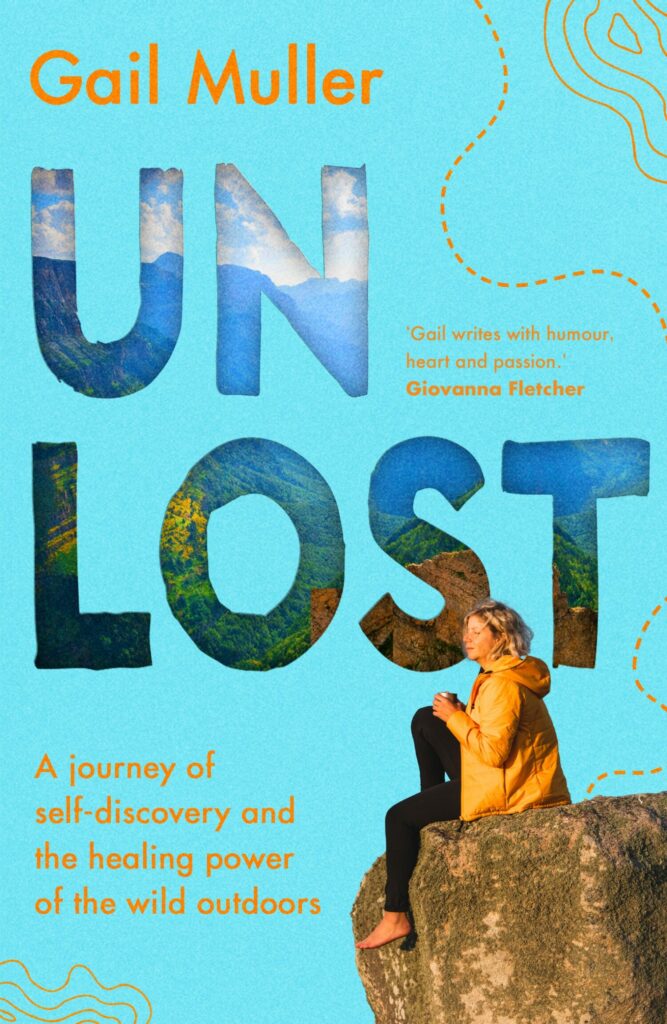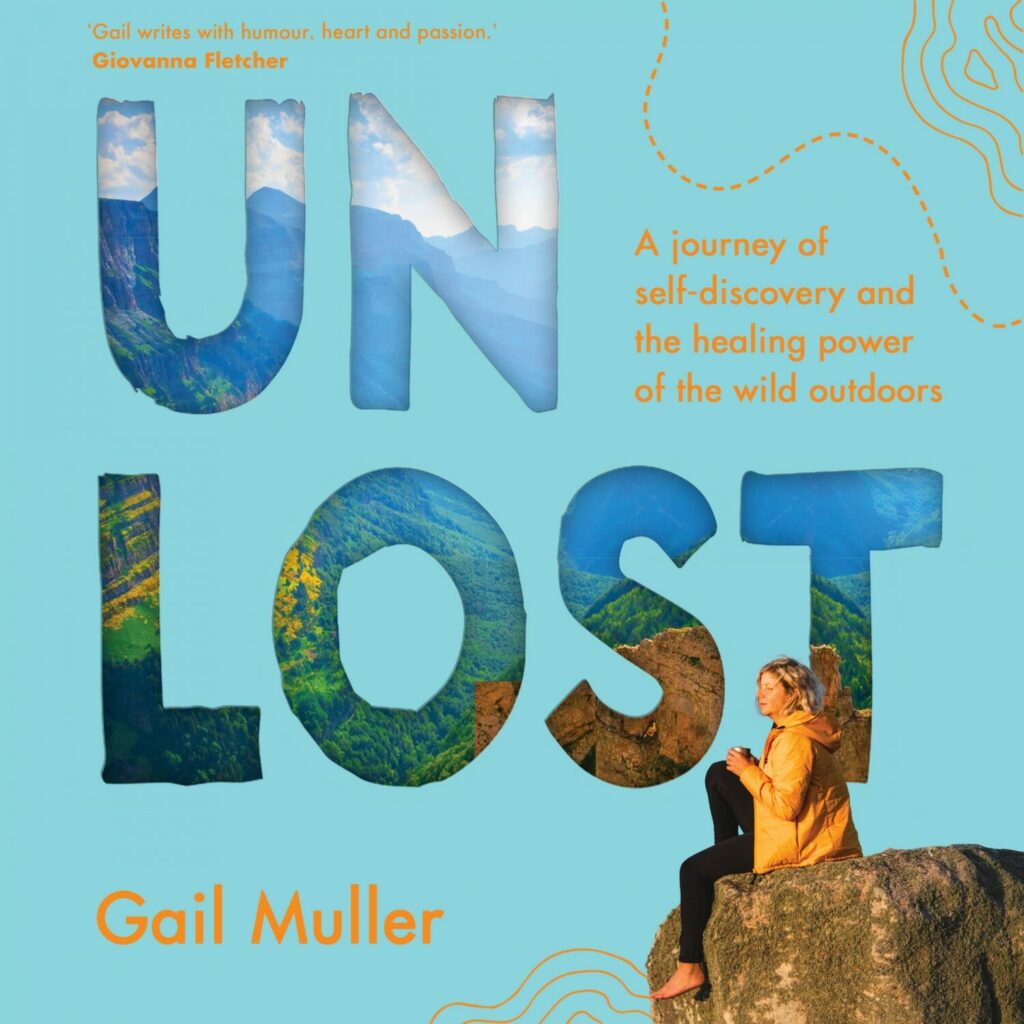The Appalachian Trail vs The South West Coast Path
Gail Muller takes us behind the scenes on her journey through the wild outdoors.
“I’ve been walking these paths since I was born, what could possibly go wrong?” Cue me careening across a windy muddy clifftop towards the edge. I should have known better in stormy February, but having completed the 2,200 mile Appalachian Trail in the US over the last 6 months I figured that a 630 mile hike of the SWCP on my home turf would be easy. It wasn’t, but it was well worth the attempt.
Cornish born and raised, I adore the coast path and have spent a lot of time enjoying it. So when I arrived back from the US in late December I decided to do the whole route, only to quickly contended with storms and terrible conditions underfoot that gave me some time indoors to compare the two long trails; each holding a huge part of my heart. There’s lots to consider so I’ll begin with the obvious: the AT is longer. This doesn’t necessarily mean harder, but it takes much more time to complete. Underfoot both trails are similar, with shale, rocks and mud meaning that slips and falls are regular and fatigued legs are the norm.
The one thing the AT has that the SWCP doesn’t is more protection from the elements. Whereas the rain may pour and there might be storms throughout all of the 14 states the AT covers, unless you’re up on an occasional bald or ridge line you usually have trees to keep the worst of the elements at bay. So much so that the trail is often dubbed the ‘Green Tunnel’. Conversely, on the coast path at least one side of you is exposed to the brunt of whatever Mother Nature wants to throw; often glorious sunshine and incredible sea views, but for this earnest hiker it’s recently been lashing rain and strong winds. The challenges physically between the two are similar if you similarly scale the distance – the AT covers huge amounts of elevation; approximately 16 ascents of Mount Everest or 89 miles of total ups and downs, but the SWCP has itself an approximate 4 Everest ascents of gain across it’s 630 miles – highly comparable. If you can hack the steep climbs and elemental energy of the coastal trail then in my opinion you are well placed to take on the AT!
On the AT, camping is allowed pretty much anywhere unless specified otherwise, but the AT Conservancy stresses that hikers should try to keep to designated or well-used sites to protect nature. ‘Leave no trace’ principles are followed religiously by most hikers and you’ll often find us picking up litter and packing it out. On the SWCP I saw a similar respect for nature; the trails were pristine except for the immediate environs of villages and towns.

Unfortunately, wild camping isn’t allowed on the coast path and can quash the feeling of freedom that comes with a long trail hike – you can’t walk until you feel tired and then set up home for the night. More strategic planning for accommodation is necessary here, making it harder to hike in winter when many of the campsites and hostels are closed. In the US the AT covers such long stretches between ‘civilisation’ that the freedom to camp is essential and the trail is set up to cope with this, but the SWCP has many amenities which mean that this isn’t as necessary (but no less desirable!).
A positive of the many coastal coves and villages along the SWCP is that it means a lighter pack and plenty of places to re-stock! No need to carry days of food at once. This also helps to solve the issue of water on trail too, as it was unclear where I should collect and filter water from on the SWCP; much of the stream flow comes across farming fields and therefore risks being chemically contaminated.
On the AT, the trail was remote enough for stream water to be drinkable after filtering out possible beaver fever or natural pollutants. As it’s harder to find reliable streams on the coast path, villages along the way seemed happy to fill bottles instead.
Even in winter, the towns I hiked through on the SWCP were incredibly welcoming; even offering discounts for me to stay in the hotels that were open. On the AT the towns were similar, many having built strong communities around walkers and trail life. In the US they have ‘Trail Angels’ who spend time every season offering rides, places to stay, hot showers in their homes and can be found sitting at trailheads with coolers of soda, and snacks for those who come by. I haven’t seen that in on the coast path yet!
The Appalachian Trail was a walk of a lifetime and a milestone for me, but the South West Coast Path is embedded in my heart having grown up along these wild and rugged cliffs. The history, culture and heritage that these paths are steeped in mean that the SWCP, whilst not as far in distance as the AT, is just as long in meaning, beauty and, especially this winter; rewarding challenge.
Unlost
Gail Muller
Gail Muller was told she’d be wheelchair bound by the age of forty. At forty-one, she embarked on one of the world’s toughest treks – The Appalachian Trail.
-
Ebook
-
Audiobook
-
Paperback

